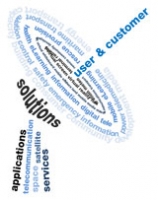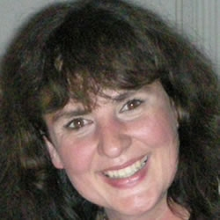You may respond to the Open Call for Proposals at any time or follow-up on Invitations to Tender through our opportunities section.
The ESA Business Applications Newsletter provides regular email updates and information regarding the latest news & events, project information, as well as opportunity announcements.
You can contact us through:
- our email address business@esa.int
-
attending events and workshops





